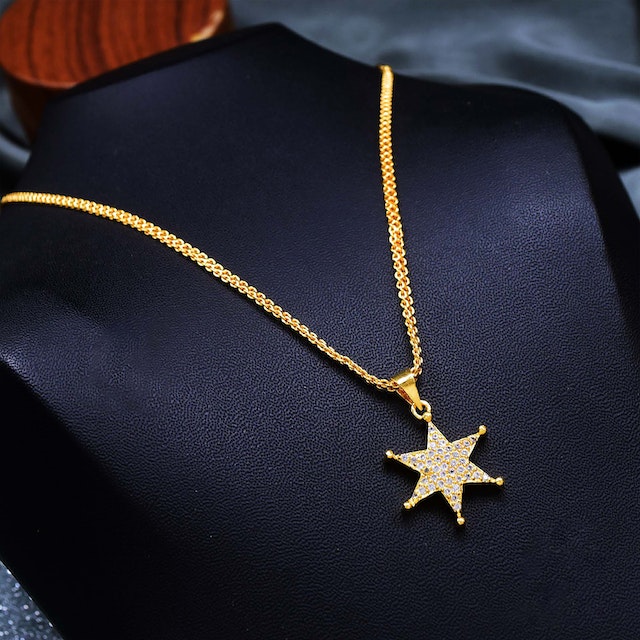Jewelry has been an integral part of human civilization since time immemorial. From ancient civilizations to modern societies, jewelry has adorned both men and women, signifying status, wealth, and personal expression. Join us on a captivating journey as we delve into the mesmerizing history of jewelry, exploring its origins, evolution, and cultural significance.
Ancient Beginnings: The story of jewelry history begins thousands of years ago, where its origins can be traced back to ancient civilizations. In Egypt, magnificent jewelry was created to adorn pharaohs and aristocrats, reflecting their power and divinity. The use of precious gemstones like emeralds, rubies, and lapis lazuli, along with metals such as gold and silver, added a touch of opulence to these pieces.
Across the Mediterranean, the Greeks and Romans also cherished jewelry as a symbol of social status. Intricate designs featuring motifs like laurel wreaths, mythological figures, and intricate filigree work adorned both men and women. The Romans, known for their love of luxury, expanded the use of jewelry, incorporating pearls, cameos, and intaglios into their designs.
Medieval and Renaissance Eras: With the fall of the Roman Empire, Europe entered the Medieval period, characterized by a shift in jewelry trends. Ecclesiastical jewelry became prominent, with intricate crosses, reliquaries, and religious symbols crafted for the clergy and nobility. However, as Europe emerged from the Dark Ages, the Renaissance brought a renewed interest in humanism and classical aesthetics. Jewelry evolved into more elaborate designs, influenced by nature, incorporating motifs such as flowers, animals, and grotesque masks. Gemstones and pearls remained popular, often set in delicate gold and silver settings.
The Victorian Era: The Victorian era was a time of deep sentimentalism and romanticism, and jewelry reflected these values. Queen Victoria’s love for her husband, Prince Albert, gave birth to mourning jewelry, intricately designed pieces featuring black jet, onyx, and other dark gemstones to commemorate lost loved ones. The Industrial Revolution also brought advancements in manufacturing techniques, allowing jewelry to become more accessible to the middle class. Queen Victoria’s own love for jewelry inspired the creation of sentimental pieces like lockets, charm bracelets, and cameos.
Art Nouveau and Art Deco: The late 19th and early 20th centuries witnessed the rise of two influential art movements that left an indelible mark on jewelry design. Art Nouveau celebrated natural forms, with jewelry designs featuring flowing lines, ethereal figures, and motifs inspired by nature. Gemstones were used as accents rather than the focal point, with the emphasis placed on the overall artistic composition.
In contrast, the Art Deco movement embraced geometric shapes, bold colors, and intricate patterns. This style captured the spirit of the Roaring Twenties, characterized by jazz, flappers, and newfound freedom. Jewelry from this era showcased diamonds, emeralds, sapphires, and rubies, often set in platinum. The symmetrical and streamlined designs reflected the modern and progressive mindset of the time.
Contemporary Trends: As we fast-forward to the present, contemporary jewelry design has become a vibrant and diverse landscape. Traditional techniques are still celebrated, but designers now experiment with unconventional materials and innovative concepts. Minimalism, organic shapes, and sustainable materials have gained popularity, reflecting a growing awareness of environmental and ethical concerns.
Furthermore, jewelry has become an avenue for self-expression and individuality. Customization and personalization options allow people to create unique pieces that tell their own stories. Artistic collaborations and the fusion of cultures have also led to the emergence of jewelry designs that blend traditional and contemporary elements.
